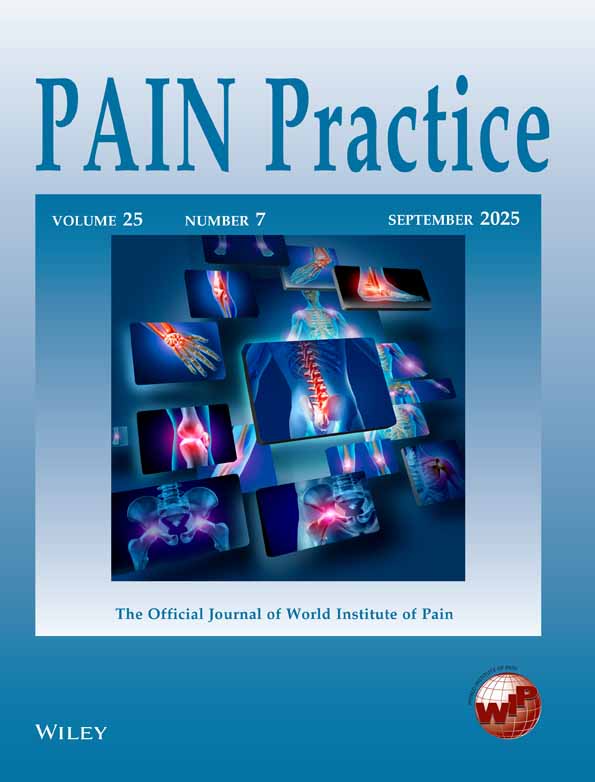Gabapentinoids for Neuropathic Pain After Spinal Cord Injury: An Updated Meta-Analysis of Randomized Controlled Trials
Funding: The authors received no specific funding for this work.
ABSTRACT
Background and Aim
Spinal cord injury (SCI) is a debilitating condition frequently associated with chronic symptoms such as central neuropathic pain (CNP) and its related complications. Gabapentinoids are often used in the treatment of post-SCI CNP; however, the optimal management of this condition is still unclear. This study aimed to assess the efficacy and safety of gabapentinoids compared with placebo in post-SCI patients affected by CNP.
Methods
We systematically searched PubMed, Embase, and Cochrane Library databases for randomized controlled trials (RCTs) comparing gabapentinoids (gabapentin, pregabalin, or mirogabalin) with placebo in post-SCI patients experiencing CNP. We calculated mean differences (MD) and risk ratios (RR) for continuous and dichotomous outcomes, respectively, with 95% confidence intervals (CI). Pain was measured on a 0 to 10 numerical rating scale.
Results
We included 5 RCTs comprising 682 patients. The mean age was 50.2 years, and 83.8% were male. When compared with placebo, patients treated with gabapentinoids experienced a significant decrease in average daily pain (MD −1.75; 95% CI: −3.23 to −0.28; p = 0.02) and pain-related sleep interference (MD −0.99; 95% CI: −1.38 to −0.60; p < 0.001). Additionally, there were higher proportions of individuals with pain intensity relief ≥ 50% (RR 2.19; 95% CI: 1.47 to 3.25; p < 0.001) and with at least some perceived improvement on the clinical global impression scale (RR 1.71; 95% CI: 1.34 to 2.18, p < 0.001) in the gabapentinoids group compared to the placebo group. However, treatment with gabapentinoids was associated with a significantly increased risk of blurred vision (RR 8.55; 95% CI: 1.53 to 47.7; p = 0.02), somnolence (RR 3.77; 95% CI: 2.44 to 5.84; p < 0.001), peripheral edema (RR 2.86; 95% CI: 1.37 to 5.99; p < 0.01), and dizziness (RR 2.83; 95% CI: 1.67 to 4.78; p < 0.001).
Conclusion
In this meta-analysis of RCTs evaluating patients with CNP following SCI, gabapentinoids were associated with significant improvements in pain and pain-related sleep interference compared with placebo. Nonetheless, gabapentinoids significantly increased the risk of adverse events.
Disclosure
The authors have nothing to report.
Conflicts of Interest
The authors declare no conflicts of interest.
Open Research
Data Availability Statement
The data that support the findings of this study are available from the corresponding author upon reasonable request.




